The Freak Hair Pavona coral, Pavona decussatus, is an eye-catching species known for its vibrant appearance and diverse range of colours. These strange but bright plate corals oftern have a rich base covered in short, stubby tentacles.
Please note that the images displayed on our website are intended as a guide only. We have done our utmost to provide the closest representation possible for this type of coral, to help give an idea of what to expect. Corals are living organisms that can exhibit significant variation in colour and appearance due to a range of environmental and genetic factors. For example, the following are a few examples of conditions that can influence how corals look:
- Lighting: The brand, spectrum, intensity, and duration of light play a major role in how corals display their colours.
- Transit: Corals may change colour after being moved. They may either regain their original appearance or adapt to suit their new environment.
- Water Chemistry: Elements such as pH, salinity, and trace minerals can subtly or significantly alter a coral’s appearance.
- Nutrition: The availability and type of nutrients can affect both colouration and growth.
With this in mind, please be aware that actual specimens may differ in appearance.
Defining Characteristics
Freak Hair Pavona is characterized by its dense, bushy growth form, with elongated, hair-like polyps that give it a distinctive “furry” appearance. The coral’s overall structure can resemble a living mat or mound, making it easily identifiable. Its texture is somewhat coarse due to the fine, finger-like extensions covering the surface. While it is unique, this coral is sometimes confused with other Pavona species or corals like Montipora due to similar encrusting and plating growth patterns. However, the “hairy” polyps of the Freak Hair Pavona set it apart.
Taxonomy
Freak Hair Pavona belongs to the genus Pavona and the family Agariciidae. This family also includes corals like Leptoseris and Pachyseris, which share some structural similarities. However, Pavona is known for its distinctive, sometimes bizarre polyp formations that set it apart from its close relatives.
Distribution
Freak Hair Pavona corals are found in the tropical waters of the Indo-Pacific region, particularly around the islands of Indonesia, the Philippines, and the Great Barrier Reef in Australia. These regions provide the warm, nutrient-rich waters that Pavona corals thrive in.
Natural Habitat
In the wild, Freak Hair Pavona typically grows in shallow reef environments, although it can also be found at moderate depths. It prefers areas with moderate water movement and good sunlight penetration. These corals often grow on reef slopes or platforms, where they can spread out and take advantage of both light and flow to support their growth.
Symbiotic Relationship
Like many corals, Freak Hair Pavona maintain a vital symbiotic relationship with zooxanthellae, a type of photosynthetic algae that resides within their soft tissues. These microscopic algae live in a mutually beneficial partnership with the coral. Through the process of photosynthesis, zooxanthellae convert sunlight, carbon dioxide, and water into oxygen and organic compounds, such as glucose and amino acids. These compounds are then shared with the coral host, providing most of its daily energy needs.
In return, the coral provides the algae with a protected environment and access to its metabolic waste products, such as carbon dioxide and nitrogen, which the algae use to fuel further photosynthesis. This tight-knit relationship supports the coral’s growth and is responsible for the vibrant colours seen in coral tissue.
However, this relationship is delicate. If environmental conditions become stressful, such as during elevated sea temperatures, poor water quality, or prolonged lack of light, the coral may expel the zooxanthellae in a process known as coral bleaching. This leads to a loss of colour and energy source, potentially threatening the coral’s survival if exposure to stress is prolonged.
Keeping Freak Hair Pavona Healthy
Freak Hair Pavona is considered moderately easy to care for and is a good option for intermediate-level hobbyists. While it is relatively hardy, it can be sensitive to sudden changes in water parameters. Stability is key when it comes to temperature, pH, and salinity. Pavona are not overly aggressive but they do need space to grow.
Light Level
Freak Hair Pavona thrives under moderate to high lighting conditions. It can adapt to a range of light intensities, but the best results are often achieved with strong, balanced lighting. Corals will react differently under different light intensities and under different spectrums. Feel free to ask for advice. Finding the optimal light level helps ensure healthy growth and vibrant colouration. Too much light, however, can cause bleaching, while too little can lead to poor health.
Flow Rate
When it comes to water flow, Freak Hair Pavona prefers moderate to strong flow rates. Adequate water movement is important to keep the coral’s polyps clean and help it capture nutrients. The flow should be enough to prevent detritus buildup without being too strong, as excessive flow can damage its delicate polyps.
Feeding
Though Freak Hair Pavona corals rely primarily on their symbiotic algae for nutrients, supplemental feeding can encourage better growth and health. All our corals are fed on coral foods such as amino acids and plankton. Target feeding with a pipette or coral feeder helps ensure the food reaches the polyps directly. This is especially helpful in low-light conditions or when the coral is recovering from stress.
Summary
Freak Hair Pavona are remarkably fluorescent, SPS corals. Luminous yellow tentacles cover the corals beautiful, magenta skeleton. An alternative name for Pavona is Cactus corals. This is a result of their morphology, which is often cactus like.
These corals like to be in areas with moderate to high light intensity. Pavona are not as sensitive to inappropriate light as other small polyp species. They will retain colour where others would not, but they can still be damaged by light intensities are too high. Freak Hair Pavona have sweeper tentacles so they should be given plenty of space. They also need to be in strong water to prevent smothering.
Once properly established, Pavonas can tolerant fluctuating conditions and are not a very demanding group. This means that, these corals are great candidates for someone trying their hand at keeping SPS colonies.
Freak Hair Pavona will benefit from being fed. They can be offered phytoplankton and zooplankton.
Dry Goods Delivery.
The store has provided information regarding their order dispatch and estimated delivery times. Here are the key details:
- Dispatch Timeframe: Orders placed before 2pm will be dispatched on the same day. Orders placed after 2pm will be dispatched on the next working day.
- Delivery Date and Time Guarantee: While the store aims to dispatch orders promptly, they cannot guarantee a specific delivery date and time. As the delivery process relies on couriers, there may be factors beyond their control that could affect the delivery timeframe.
- 1st Class Mail: For orders sent via 1st Class mail, the aim is to have them delivered on the next working day after dispatch.
- 2nd Class Mail: Orders sent via 2nd Class mail typically take approximately 2-3 working days for delivery after dispatch.
- APC Next Day Delivery: APC Next Day delivery is available for UK mainland postcodes. It is usually delivered on the next working day after dispatch. However, please note that items being delivered to more remote areas may require additional time for delivery.
It’s important to keep in mind that while the store strives to provide efficient delivery services, unforeseen circumstances or external factors could potentially impact delivery times. For further details or specific inquiries about delivery, customers should refer to the store’s terms and conditions or contact the store directly.
Livestock Delivery.
The store maintains specific policies regarding the delivery of livestock. Here are the key points:
- Licensed Livestock Courier: The store exclusively uses a licensed livestock courier for shipping fish and coral. This approach is chosen to ensure responsible and ethical transportation of the livestock.
- Livestock Shipping Fee: The livestock shipping fee charged to customers of £19.99 does not cover the true cost, and therefore, there is a minimum spend requirement of £30.00 before the option for livestock shipping becomes available.
- Pre-Arranged Delivery: The store never ships livestock without first arranging a suitable delivery day. Before dispatching the livestock, the store must confirm the agreed-upon delivery day with the customer.
- Saturday Delivery Confirmation: Customers who choose Saturday delivery must have their availability confirmed for the upcoming Saturday before the store sends out the livestock. This confirmation ensures that the livestock can be received promptly.
- Failure to wait for livestock: Not waiting for livestock, even if there is a reasonable delay, or cancelling an order after it has been dispatched will lead to you incurring charges for an emergency return to the base. Additionally, any losses of livestock will also be charged to you. Please be aware that the items you are ordering are living creatures – livestock. We kindly ask that you refrain from ordering livestock if you are unable to accommodate the possibility of a delayed delivery.
These terms and conditions are a fundamental aspect of our policy. Our primary goal is to dissuade individuals who could react negatively to a delayed delivery and subsequently request order cancellations. It is of utmost importance to underscore that your order pertains to living creatures, not mere inanimate objects. In the event of an occasional delay, it is crucial that you respond in a rational and responsible manner, taking into account the welfare of the livestock. We kindly request that you refrain from placing an order for livestock if you tend to react strongly to such situations. By proceeding with the order of livestock, you indicate your acceptance and agreement to abide by these specified terms and conditions.
- Signature Requirement: Livestock deliveries require a signature upon receipt and cannot be left in a safe location. This precaution ensures proper handling and the well-being of the livestock.
- Geographic Restrictions: The courier has strict geographic restrictions for livestock deliveries. Unfortunately, deliveries to Northern Ireland, Republic of Ireland, Isle of Man, Isles of Scilly, Channel Islands, and certain Scottish offshore postcodes may not be possible. Customers are encouraged to contact the store via email to confirm if livestock delivery is available in their area.
- Minimum Order Value and Order Cancellations: The store has a minimum order value of £30 for livestock shipping. Additionally, the store reserves the right to cancel orders that are deemed high-risk or involve a high number of single tropical freshwater fish species.
It is essential for customers to familiarize themselves with these policies before making a purchase. For more detailed information or specific inquiries, customers should consult the store’s terms and conditions or reach out to the store directly for clarification.
Livestock Geographical Exemptions.
The store has specific geographical exemptions for livestock deliveries. Here is a list of the areas and postcodes where livestock delivery is not available:
- Islands: Livestock cannot be delivered to the Shetlands, Channel Islands, and Isle of Man.
- Postcodes: Livestock delivery is not available to the following postcodes:
- AB30 to AB39, AB41 to AB45, AB51 to AB56
- DD8 to DD10
- BT all
- DG3 to DG9, DG12 to DG14
- KA18 to KA19, KA26, KA29 to KA30
- HS all
- IM all
- JE all
- ZE all
- KW15 to KW17
- TD9
- FK17 to FK21
- GY all
- KA26, to KA28
- PA20 to PA38, PA41 to PA49, PA60 to PA61, PA76 to PA78
- TR21, to TR25
- PH3 to PH26, PH30 to PH44
- IV all
Customers residing in these areas should be aware that livestock delivery is not available to their location.
We can ship livestock to the Isle of Wight, this area is subject to a surcharge.
For further information or specific inquiries about livestock delivery to a particular area, customers are advised to contact the store directly for clarification.
Cancellation.
According to the store’s policy, customers have the right to cancel an order within 14 working days of receiving the goods. To initiate the cancellation, the goods must be returned to the store in new and unused condition, adhering to their Returns Policy.
Important points regarding the return process are as follows:
- Return Condition: The goods must be returned in new and unused condition, as originally received. It is important to ensure that the goods are in the same condition as when they were sent out.
- Return Timeframe: The goods must be received by the store within 21 days of notifying them about the cancellation. During this time, customers are responsible for any loss or damage that may occur during the return shipping process.
- Refund Process: Once the store receives the goods in new and unused condition, they will initiate the refund process. The purchase price will be refunded to the customer.
- Return Condition Inspection: If the returned goods arrive in a condition that is less than what they were sent out in, the store reserves the right to return the goods to the customer, and no refund will be processed.
It is essential for customers to carefully review the store’s Returns Policy and follow the specified procedures to ensure a smooth and successful return and refund process. For more detailed information or specific inquiries, customers should consult the store’s terms and conditions or contact the store directly.
Returns.
According to the store’s return policy, the following guidelines should be followed for returning goods:
- Use Returns Form: Customers need to use the store’s provided returns form to initiate the return process. This form helps the store acknowledge that the goods are being sent back.
- Return for Testing: If the goods are being returned for testing, the customer is responsible for covering the return shipping expenses.
- Refund of Postage Fees: The store will only refund postage fees if the order arrives damaged or becomes faulty within the first 4 weeks of purchase. Proof of posting is important, and customers should ensure the goods are well-packed and obtain proof of posting as the goods remain their responsibility until received by the store.
- Refund of Postage Costs for Replacement: If goods are being returned within 7 days of purchase under the Replacement Policy, the store can refund postage costs. However, the customer needs to agree on a delivery service with the store in advance, and only standard or tracked shipping fees will be refunded. The store cannot refund the cost of any special delivery service.
- Non-Refundable Postage: Postage costs for goods returned for any other reason than those mentioned above are non-refundable. The store reserves the right to deduct the original postage cost from any applicable refund.
- Mistaken Purchases: If a customer has made a mistake in their purchase, they need to return the goods to the store. The customer is responsible for the return shipping costs in such cases.
It is important for customers to carefully follow the store’s return procedures and terms and conditions. For further details or specific inquiries, customers should refer to the store’s website or contact the store directly.
Replacements
If customers receive faulty goods, the following guidelines apply according to the store’s policy:
- Notification of Faulty Goods: Customers must notify the store within 7 working days if they receive faulty goods. This notification should be made as soon as possible.
- Replacement Parts: If possible, the store will dispatch replacement parts for the faulty goods.
- Return of Goods: If replacement parts are not possible, the store may request customers to return the faulty goods in accordance with their Returns Policy. The specific return procedures and conditions should be followed.
- Verification of Damage: Once the store receives the returned goods, they will verify the damage. If the damage is confirmed, the store will supply the required replacements.
- Return Postage Costs: If the goods returned to the store are found to be in good working order, the store is not able to refund the return postage costs. Additionally, the store reserves the right to deduct their original postage cost from any applicable refund.
- Consequential Loss or Damage: The store cannot take responsibility for any consequential loss or damage that arises directly or indirectly from the goods supplied.
Customers should carefully review and adhere to the store’s Returns Policy and procedures for returning faulty goods. For further clarification or specific inquiries, customers should consult the store’s terms and conditions or contact the store directly.
Manufacturer’s Guarantees
The store works in collaboration with manufacturers to ensure that their guarantees are honored, and they make their best efforts to resolve issues within the warranty period. The following guidelines apply to refunds and replacements:
- Postage Costs under Manufacturer’s Guarantee: Postage costs can only be refunded if the goods are returned to the store within 7 days of the original purchase, as per the manufacturer’s guarantee.
- Refund of Postage Costs for Faulty Goods: The store will refund postage costs for guarantee/warranty returns only if the product becomes faulty within the first 4 weeks of receipt.
- Replacements with Manufacturer Authorization: Replacements, whether parts or goods, can only be offered when authorized by the manufacturer. Customers should contact the store for further guidance in such cases.
- Prior Approval for Returns: Goods should not be returned to the store without prior approval. Customers need to contact the store and obtain approval before returning any items.
- Replacement of Glass or Ceramic Items: Glass or ceramic items can only be replaced if the store is notified within 48 hours of receiving the delivery.
- Replacement of Glass Bulbs/Tubes: Glass bulbs or tubes can only be replaced if they become faulty within 14 days.
Customers should note and adhere to these guidelines to ensure a smooth and efficient resolution of any issues with their purchased items. For specific inquiries or further information, customers are advised to refer to the store’s terms and conditions or contact the store directly.
Breakages
According to the store’s policy, customers have the following responsibilities regarding breakages:
- Checking Goods on Arrival: It is the customer’s responsibility to thoroughly check the goods upon arrival for any damage. This should be done before signing for the parcel. If the parcel appears damaged, it is advised not to sign for it.
- Reporting Breakages: Any breakages or damages must be reported to the store within 48 hours of receiving the goods. It is important to promptly notify the store to initiate the resolution process.
By carefully inspecting the goods upon arrival and reporting any breakages within the specified timeframe, customers can ensure that appropriate actions are taken to address the issue. For specific instructions on reporting breakages or further information, customers should refer to the store’s terms and conditions or contact the store directly.


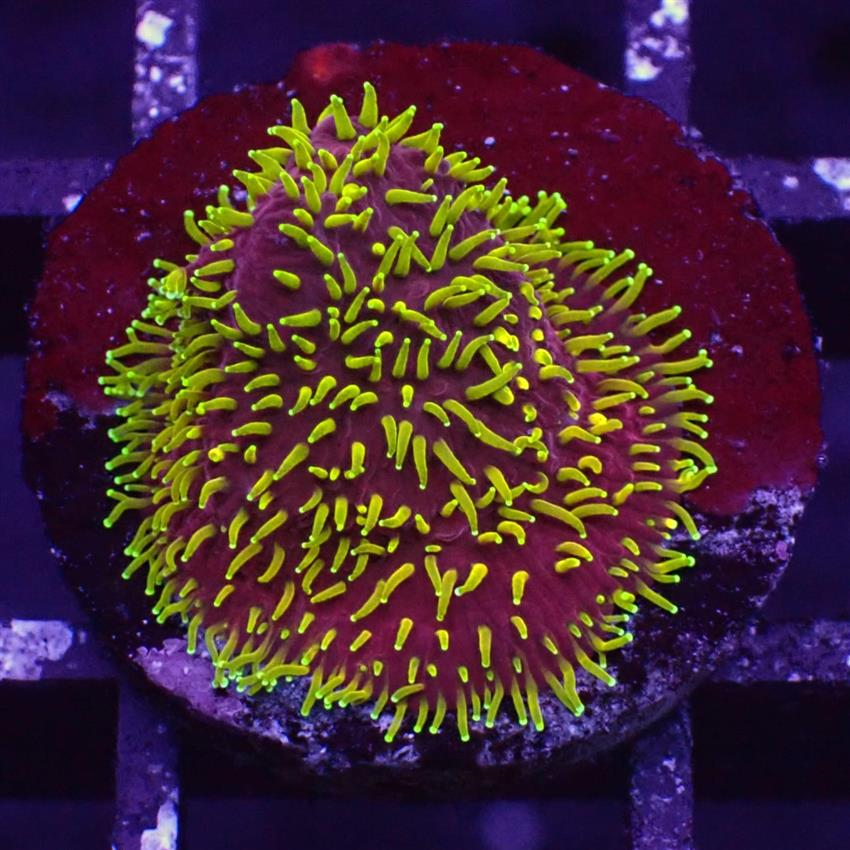
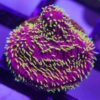
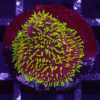
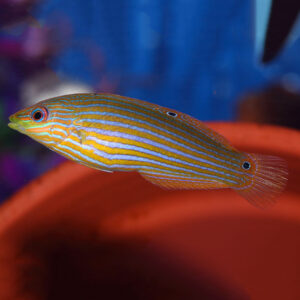
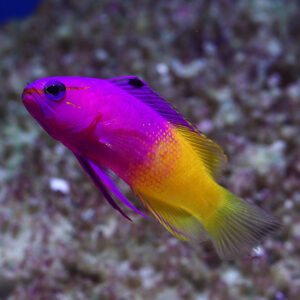
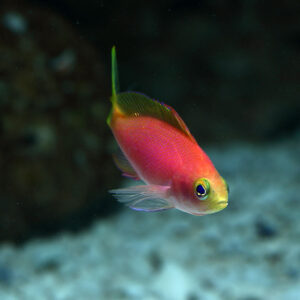
Reviews
There are no reviews yet.